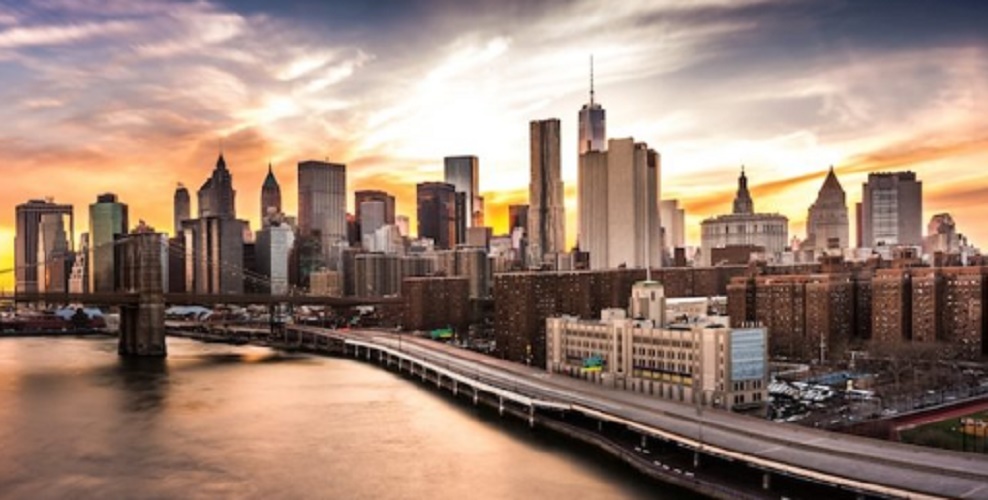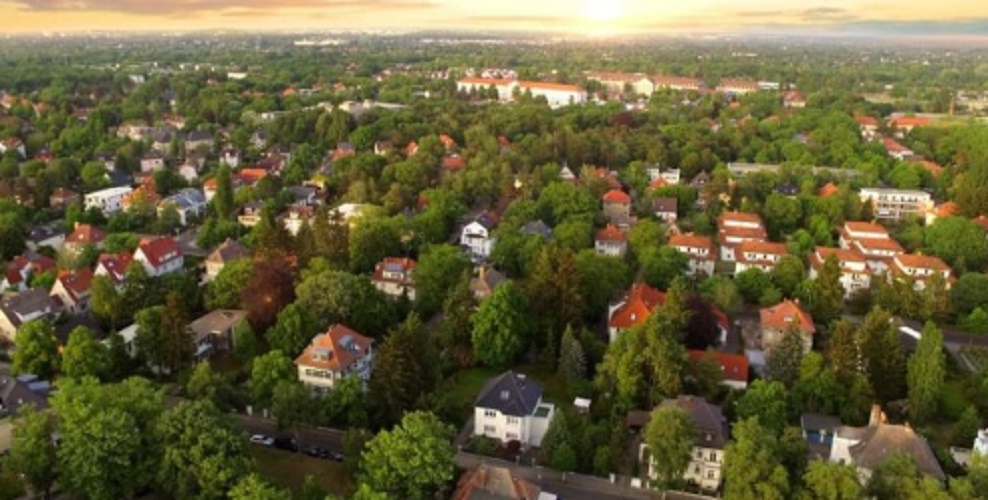What is the urban landscape?
We explain what the urban landscape is, its characteristics and various examples. Also, what are suburban and rural landscapes.
-
What is the urban landscape?
The urban landscape arises from the combination of environmental and human phenomena, which coexist in a particular area of the earth’s surface. It is a space that is constantly modified over time, both for its growth and development and for its deterioration.
It consists of an urbanized area that is formed by the advantages offered by geomorphology and the conditions of the place to promote human development : the proximity and easy access to rivers or oceans , the type of soil , rock stratification, the type of climate , etc.
Throughout history , human beings have always sought dominion over nature . This attitude plays a fundamental role in the interaction of man with his environment. The landscape is the concrete manifestation of observable space. In the case of the urban landscape, it is identified as such by two main factors:
- Objective factors : These are the concrete elements (natural or created by the human being) that a city presents and that differentiates it from others.
- Subjective factors : They constitute the mental image or conception of the city that the inhabitants have, their behavior and their way of thinking, which give rise to the idiosyncrasy of the population .
These two groups of factors interrelate inseparably to form an urban landscape.
-
Characteristics of the urban landscape

Among the main features of the urban landscape are:
- The population density . Although the number of inhabitants varies from one city to another, it refers to a large number of people living nearby.
- The population growth . Despite the increase in the number of inhabitants, the increase is not synonymous with evolution. There are settlements with populations constantly increasing, but physical and environmental conditions become life-threatening .
- The infrastructure . It covers the roads, buildings for housing, dams , engineering works, etc. The greater the development of infrastructure in a given urban landscape, the better living conditions can have its inhabitants.
- Human activity It consists of the economic production of the five sectors ( primary , secondary , tertiary , quaternary and quinary), which is key to the evolution of the urban system. This economic activity is conditioned by the policies of State .
- The geography of the area. It covers different conditions such as the type of soil (very important for food production), access to drinking water, the construction of roads and houses (which allow a human settlement to develop and evolve into an urban system).
-
Examples of urban landscape

Some examples of urban landscape are:
- New York . The city is located on the island of Manhattan, in the United States. It emerged as an important port city in the colonial era and continues to be today, because it has one of the best natural harbors in the world that allows the arrival of ships of all sizes.
- Rome . It is the first major city in history, located in Italy. It has been known since ancient times as “the city” and has the highest concentration of historical and architectural assets in the world. It was the center of one of the most important civilizations, whose legacy exerted influences in later centuries (social, cultural, artistic, architectural, philosophical, religious, moral, in language and in law ).
- Vancouver . The port city located in Canada is one of the highest population density and ethnic diversity in the world. In addition to its natural harbor, it is surrounded by mountains . It is characterized by being one of the most expensive and most secure places, due to its very low crime rate.
- San Pablo . It is the first major city in South America, located in Brazil, and one of the most populous in the world (the third after New York and Mexico City). It is the main financial center of its country and one of the best to do business in Latin America . In addition, it stands out for its great cultural and entertainment centers.
- Shanghai . It is the most populous city in China that, in ancient times, was dedicated to fishing and the textile industry . From the 19th century it became important due to its strategic location with a sea and river port, in addition to opening up to the international market. It is currently the port with the highest volume of merchandise worldwide.
- Berlin . It is the most populous city in Germany. It stands out as an urban, cultural and artistic center of great worldwide recognition and, due to its geographical location and its recognized educational offer at university level, it is an important link between Eastern and Central Europe. In addition, it is one of the most influential cities in the political sphere of the European Union.
-
Suburban landscape

The suburban landscape corresponds to the peripheral areas of the big cities , that is, the outskirts where settlements of a residential or industrial type are located and that have a lower concentration of population and infrastructure compared to cities.
In ancient times, suburbs were places where the most impoverished sectors of the population settled. With the advance of roads and transport services, the journey from the city to the peripheral areas was speeded up.
This influenced the development of large residential neighborhoods with greener landscapes, purer air and a quieter pace of life than the one developed in the city.
-
Urban landscape and rural landscape
Unlike the urban landscape, the rural landscape lacks human population density and building infrastructure or highways . It is the space used mainly for the development of agricultural, industrial , forestry and environmental conservation activities .
The activity carried out in rural areas generates impact and makes life possible in urbanized areas because it supplies them with raw materials and food , among other benefits. To a lesser extent, the rural landscape includes residential, transportation and service areas.





